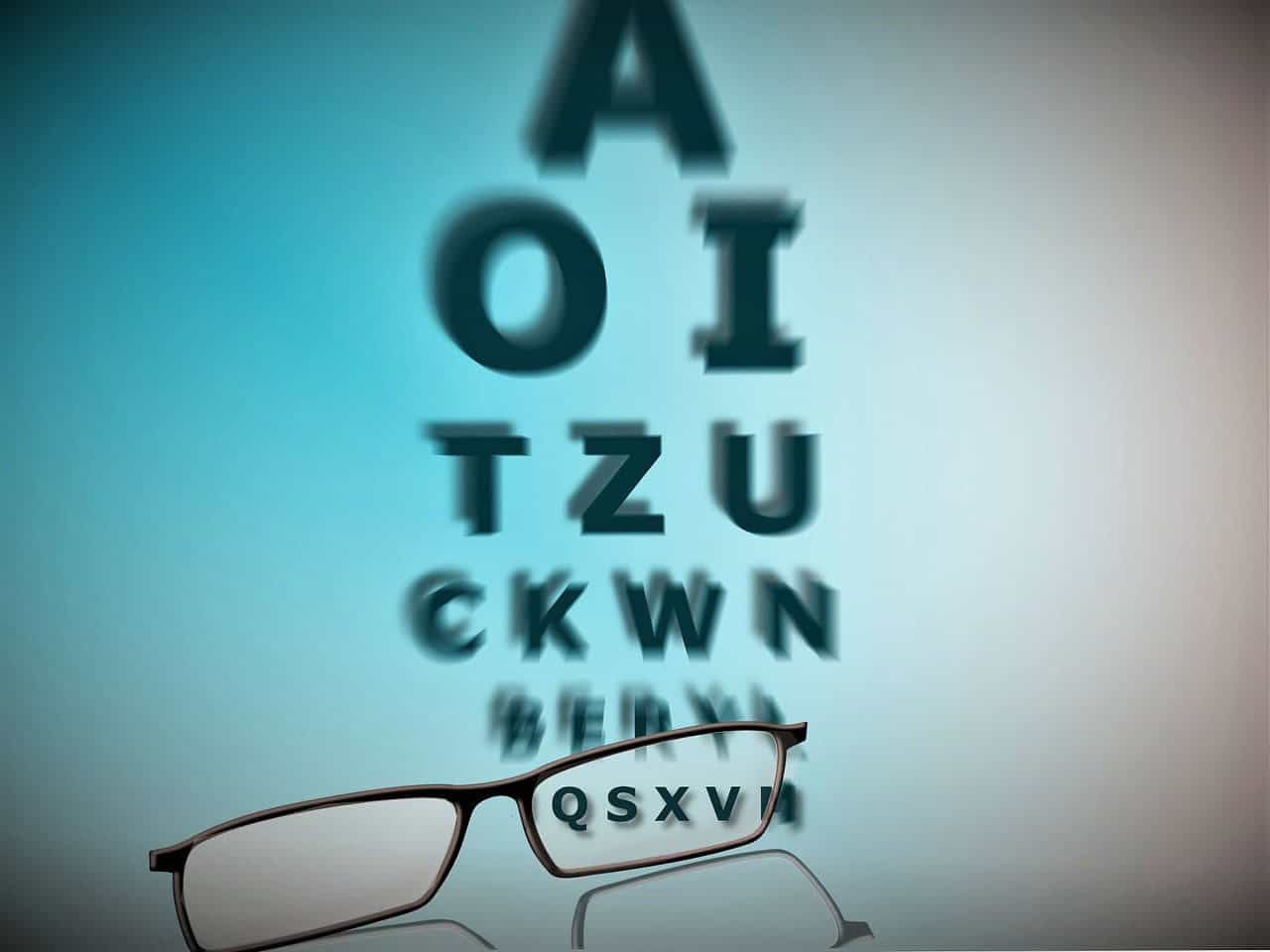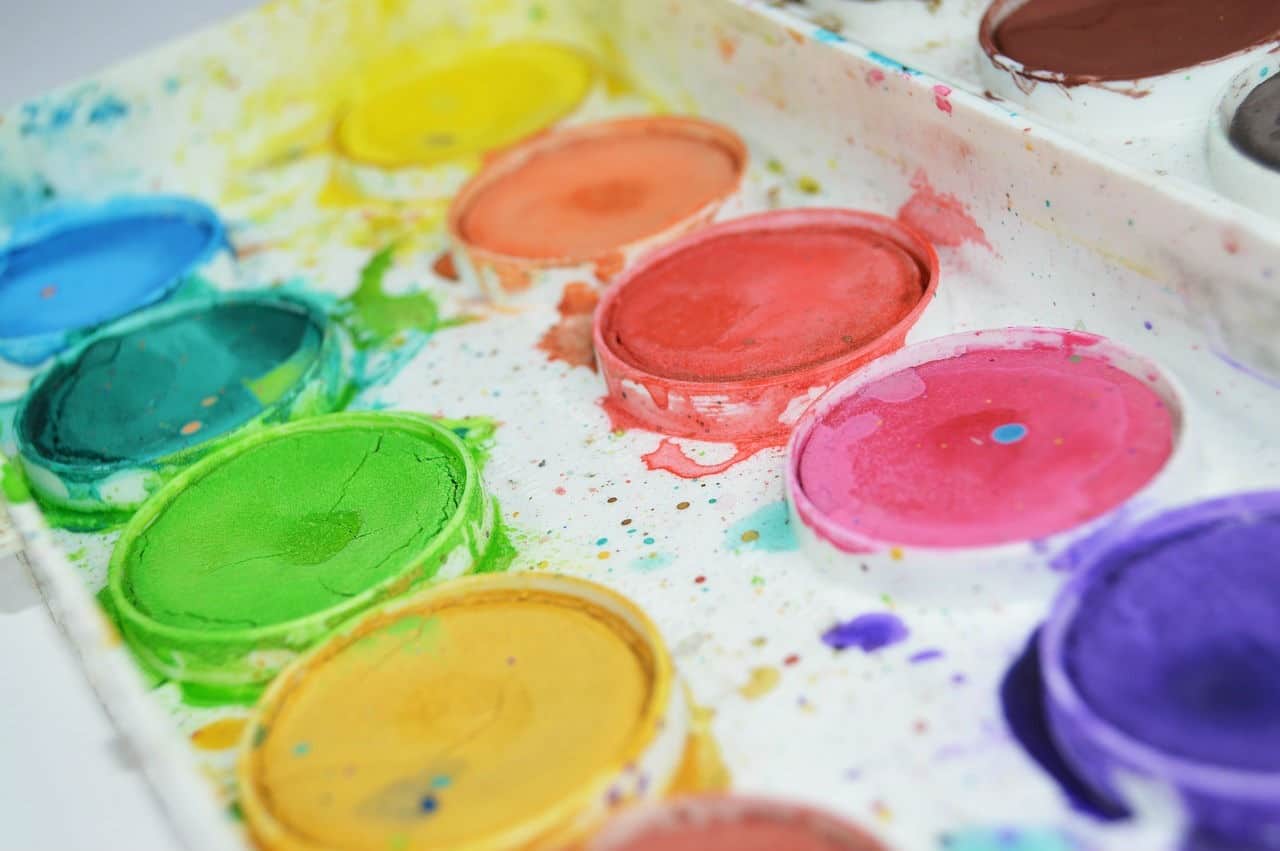
You’re going to want your brand to reach all your potential customers. That’s why you’ll kick off your branding by studying what could interest and attract your buyer personas and analyzing their needs.
Your brand is more than just an awesome logo; it’s everything related to your business or your product.
But, do you know what you need to do in order to make your brand accessible to everyone? Let’s take a look.
In short, accessibility is the act of making your brand available and enjoyable to all people who have disabilities. This can include potential customers who are visually impaired, hearing impaired, or with physical or psychological disabilities.
At first, it might seem difficult to create a brand that is for everyone; you might even think that making your brand accessible is not worth all the trouble of changing things around, since it’s only for a few people.
Let’s prove you wrong.
For example, it is estimated that approximately 8% of all American men are colorblind. This might not seem like a lot at first, but it still covers 12 million people across the country. It would be a shame to ignore all these potential customers, right?
There are a few things you can do to improve the accessibility of your brand, and you don’t need to tear everything you have done apart. With time, you’ll see that it will be easier to brand while thinking about accessibility.

Whether on your website, your logo, or any printed document, you can improve your accessibility by increasing the size of your text. It’s as simple as that. By doing so, you’ll help older customers or visually-impaired people to have access to your texts.
For example, it is recommended to have text of at least 16 pixels on your website. This isn’t a significant change, but it is your job to make sure that the final result is just as balanced as if you were using smaller texts.
Furthermore, once you have an accessible size for your texts, it’s time to choose the perfect font. We know that selecting the perfect font for your brand can be complicated, even without thinking about accessibility. After all, it must represent your business and your values in a specific-but-not-too-common way. What would the Netflix logo be without its Bebas Neue font or Facebook without its Klavika?
People often mistakenly choose a font for their brand that’s hard to read. Keep the main purpose of your message in mind; it must be understood from the font you choose. There are thousands of different types of fonts out there, so there’s no excuse for using an illegible one. Do you think that Microsoft, Amazon, or Chanel would have the same level of brand awareness if they used complicated and unreadable fonts for their respective logos?
Also, we recommend using simple serif fonts like Arial, Verdana, or Calibri if you want to be dyslexia-friendly. According to recent statistics, it is estimated that up to 10% of the population has a form of dyslexia. This is something you should keep in mind while working on your branding. By using a simple serif, you can reach at least 33 million more people in the US alone. That’s a lot of potential customers!

Now, let’s talk about colors. You already know that it’s important to choose the right colors for your brand, and that colors have meanings. Red is associated with anger, passion, and love, whereas yellow is related to joy, the sun, and excitement.
Another way to help the readability of your text is to have enough color contrast between text colors and background colors. If you do not know where to start, feel free to take a look at online color contrast checkers. You will have to enter the hex code of each color to obtain a ratio. It is recommended to have a ratio of at least 4.5:1.
As you can guess, the use of black text on a white background will have better readability than a light gray text on a purple background. Did you know that one of Facebook’s first logos (at the time it was still called “TheFacebook”) had pale blue text on top of the blue still used today? It definitely did not meet the ideal contrast ratio. Feel free to try different color combinations to find the best results, since the contrast is an important design principle.
Also, did you think about colorblind people when choosing the best colors for your brand? As mentioned above, nearly 1 in every 12 men is colorblind. There are now many tools and filters that can help you see exactly what these visually-impaired people see. For your information, red and green are often the two colors that are the most difficult to be seen by those with color vision deficiency. On the contrary, blue and yellow are the easiest to see.
We gave you a few tips, but it is essential to get informed yourself when working on your branding. You can search which disabilities the people you are targeting most commonly have.
There are many resources on the web that you can check. We truly believe that it is possible to design something that is both accessible and attractive. Use your creativity! Look for examples! Something simple can often be a good start.
Feel free to contact associations to test your creatives, too. They will probably be able to share insight and help you think of aspects of accessibility you might have missed. Change can start with some small details like adding braille code on a business card or putting some subtitles on a promotional video. It is not rocket science!
In conclusion, it’s easier today to create designs that are accessible than it was before. So, it would help if you take this opportunity to create things that will be enjoyed by everyone. Don’t forget to design an accessible website too, since your site is a place where you can gather all the main elements of your brand.
Ariane is a copywriter, as well as a social media manager at WebSelf. She enjoys writing about new marketing and design trends. She always has tons of new projects; her creativity seems to have no limit! She is also the author of a fantasy book series called Les Héritiers du Briacan.
The information provided on this page is for information, educational, and/or editorial purposes only. It is not intended to indicate any affiliation between Tailor Brands and any other brand or logo identified on this page.
Products
Resources
©2025 Copyright Tailor Brands